SCARBOROUGH – David Bouchard is, without a doubt, looking forward to graduating from high school next month.
He says so with wide eyes and a big smile even before he types Y-E-S on his DynaVox, a hand-held communication device tethered to his belt.
Debbie Bouchard, on the other hand, is starting to dread the end of her son’s public school career. After years of special education programs to prepare him for work and life in the community, David Bouchard — and other young autistic adults across the state — may have nowhere to go but home.
The generation of children who experienced the first wave of an ongoing autism epidemic is now reaching adulthood. Public support programs that used to provide continuing education and care for virtually all adults with development disabilities now have hundreds of Mainers on waiting lists that are expected to keep growing.
The young adults range from the most severely disabled who need 24-hour residential care to those with much milder disabilities who, with continuing support, could become independent wage-earners. Twenty-year-old David Bouchard is somewhere in the middle.
He is nonverbal, needs consistent supervision and can become anxious and difficult to control when his routine changes too much. But after five years of individualized teaching at the Morrison Center, a Scarborough-based nonprofit agency, he is comfortable and cheerful, has learned to communicate and even works one day a week helping to clean and set up a Portland pub.
Debbie Bouchard now worries that all of his progress will be lost.
“I’m afraid if he’s home all the time, he’ll get too comfortable there and we’ll never get him out,” the Arundel woman said. “The school has brought him so far, and I’m afraid he’ll lose all of that. That terrifies me.”
The funding shortage for adults with autism and other developmental disabilities has created what some call a black hole for their families.
Typical day programs cost $20 to $25 an hour, beyond the financial reach of most families. Full-time residential care costs about $70,000 a year, but in some cases can cost well over $100,000.
Parents on waiting lists often give up careers and livelihoods to provide 24-hour care at home. Families also frequently break up, leaving single parents to provide care and maintain the home.
“It puts a lot of strain on the marriage,” said Richard Estabrook, chief advocate in the Department of Health and Human Services. “These are parents who are trying to juggle their responsibilities and to make a living in this economy. Families worry that they will become destitute and homeless.”
Those who know the transition pressures easily recall last year’s tragic news story in Gray, where the father and full-time caretaker of a 23-year-old autistic man killed his son and then himself. Daniel McLatchie left behind a note expressing fear about his son’s future care.
“It’s so overwhelming with autism that you don’t think about the future. The future is all of a sudden when they graduate,” said Patricia Wilson of Brunswick, whose marriage broke up soon after her daughter’s high school graduation several years ago.
“It is extremely stressful. A lot of times the care falls on one or both of the parents, and if they are not prepared for that, all hell breaks loose.”
Wilson left Maine temporarily after her divorce but returned last April, when she placed her 25-year-old daughter, Martine, on the waiting list for a day program.
Wilson now works at home doing administrative work for a small company while trying to keep her daughter’s communication and other basic skills from fading. “Every day, you see a little bit of that fall off as time goes by,” she said.
Estabrook, the state’s chief advocate, submitted a report to the Legislature this month saying that Maine is not meeting its obligation to the young adults leaving school.
“Everyone has to sacrifice. But the degree of sacrifice, I believe, is falling grossly disproportionately on these families,” he said. “We as a society are going to be faced with this unless and until we allocate sufficient funds.”
How much funding is sufficient, however, is a fast-moving target.
MaineCare funding for the most disabled group of adults has increased from $252 million in 2006 to $282 million in 2011, according to the Maine Department of Health and Human Services. Maine taxpayers contribute about one-third of that funding, and the federal government provides about a 2-to-1 match.
However, while funding has gradually increased, autism has exploded.
Autism is a neurological disorder that can affect communication, reasoning and social skills. It is actually considered to be a spectrum of disorders because it affects people so differently and to varying degrees.
For reasons not yet understood, autism was rare 20 years ago and is now an epidemic.
Maine public schools identified 2,471 students as having autism in 2009, more than four times the number of students identified nine years before.
The U.S. Centers for Disease Control and Prevention estimates that one in every 110 American 8-year-olds now has autism. A South Korean study published last week suggests the number may actually be as high as one in 38.
“When David was diagnosed in 1993, he was one in 10,000,” said Debbie Bouchard.
The surge in autism in the past 15 years first strained public school budgets, although MaineCare — Maine’s Medicaid program — contributes to the costs.
Maine school districts often hire educational technicians and other staff to work individually with autistic students within mainstream schools.
But in cases where students are disruptive or cannot stay in their local school, their districts pay tuition — about $50,000 or more a year — to special private schools such as the Morrison Center.
Now, however, those autistic students are graduating from high school in steadily increasing numbers.
Four years ago, an autistic high school graduate in Maine could smoothly transition into publicly funded adult services, whether residential care or day programs. Today, families have been on waiting lists for years.
There are 680 Maine adults with autism and other disabilities waiting for MaineCare funding for some level of services. Some may be receiving partial services while waiting for residential care.
About 180 of them are considered to be in critical need because of health and safety concerns, such as aging or ill parents who can no longer care for their children.
Still, the state can move only seven to 10 people off the waiting lists each month as funding is freed up, in many cases when older adults die, said Bill Hughes, program manager for the Maine Office of Adults with Cognitive and Physical Disabilities.
It did not take long in the Blaine House for Gov. Paul LePage to hear about the issue from desperate parents, one of whom was Debbie Bouchard.
“He’s very aware of the wait list,” Hughes said. “He gave us a priority to try to identify funding” within the existing budget to get people off the waiting list. “We absolutely are trying to respond and develop services for people with autism.”
At the same time, however, DHHS is facing steep cuts in other social services and it’s not clear where, or when, the agency will find funding for the programs.
Maine isn’t the only state to have growing waiting lists and young autistic adults around the country are facing the same uncertain future as David Bouchard. Hundreds of thousands of autistic children are expected to graduate from American high schools in the next 15 years.
“People are now shopping around from state to state,” said Cathy Dionne, director of programming for the Autism Society of Maine.
For example, Dionne said, she got a call last week from a mother in Florida, where the waiting list is much longer than Maine’s. But, given that it would likely take years to get to the top of Maine’s waiting list, Dionne said it’s unlikely that the family would come north.
“We have a lot of kids out there. … They don’t lose their autism when they are adults. They still need services. They can still learn. Sometimes we just give up. We need to continue these services so they can become viable members of our society,” said Dionne, who tries to help families through the transition.
“The one thing I hate to see is a family who calls in June and say their child is out of high school, now what?”
There are some efforts to fill the gap in services.
STRIVE, a South Portland nonprofit agency, opened a program last fall that teaches independent living skills to autistic adults who don’t need one-on-one care. It costs $205 a week.
STRIVE expects to have as many as 12 adults from around southern Maine enrolled this summer, said program director Peter Brown. “It’s amazing the calls we’ve gotten from all over.”
For people with more severe disabilities, however, there are few options.
Debbie Bouchard has done what she can to prepare for graduation day.
She placed David on the waiting list when he turned 18 and became eligible. Two years later, he has climbed to No. 84. There is no chance he will qualify for a day program this summer.
Debbie Bouchard, a former nurse, now works at home as a seamstress so she can care for her son when he gets home from school. When David Bouchard graduates next month, his mother will stop working and the family will rely solely on his father’s income.
Debbie Bouchard had hoped David could move into an adult education program for three hours a day so he would not have to go through the anxiety of a major disruption and lose the skills he has developed at the Morrison Center. But she can’t figure out how to come up with the $500 a month it would cost.
“That really isn’t a feasible option for us at this point,” she said. “If David had the services he needs, he can have a job. He could conceivably be paying taxes.”
Staff Writer John Richardson can be contacted at 791-6324 or at:
jrichardson@pressherald.com
Send questions/comments to the editors.

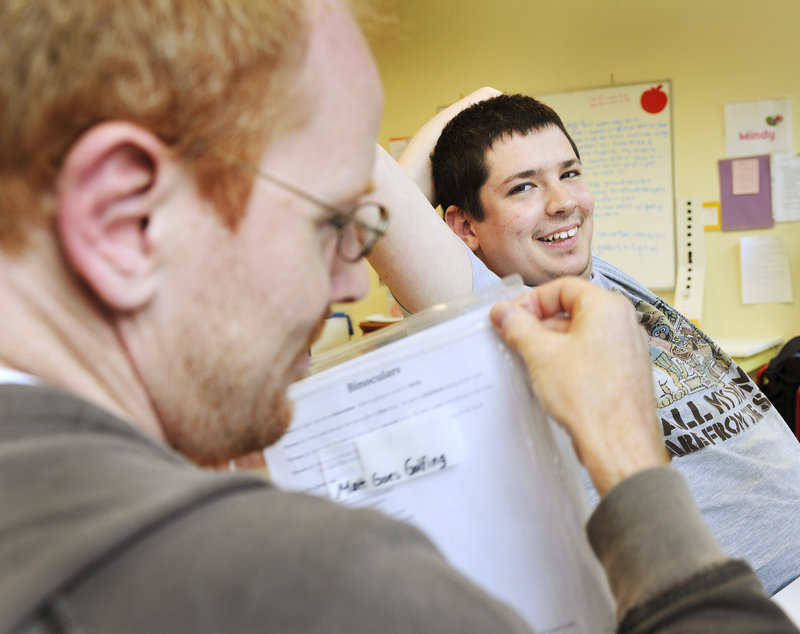
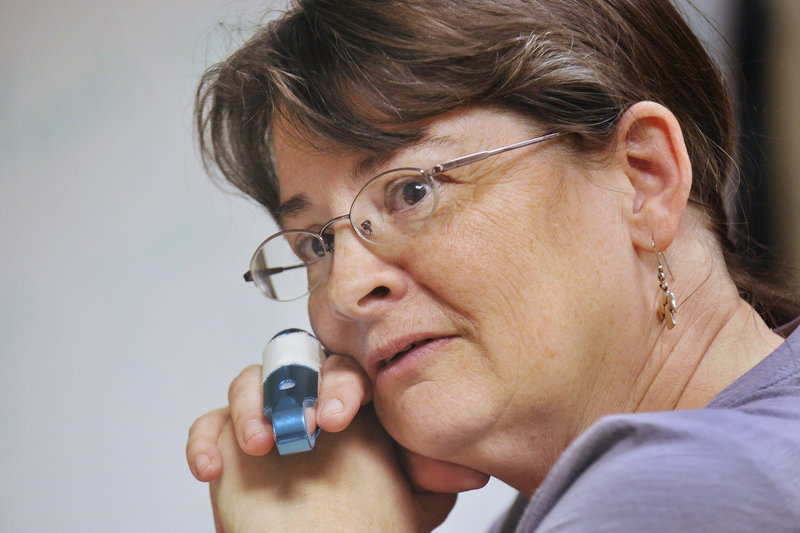
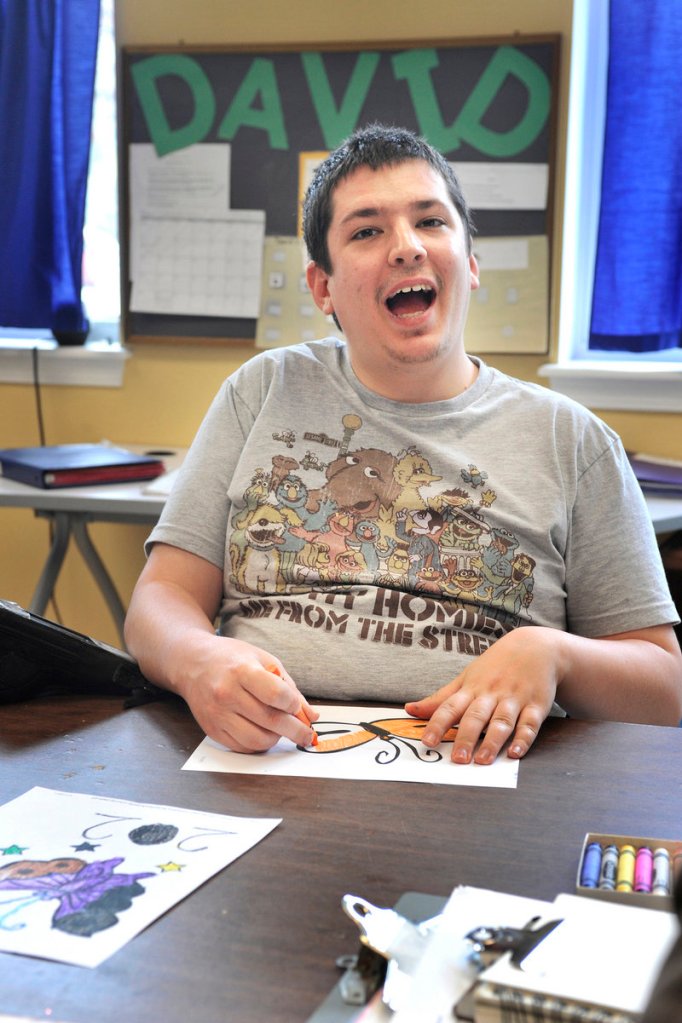
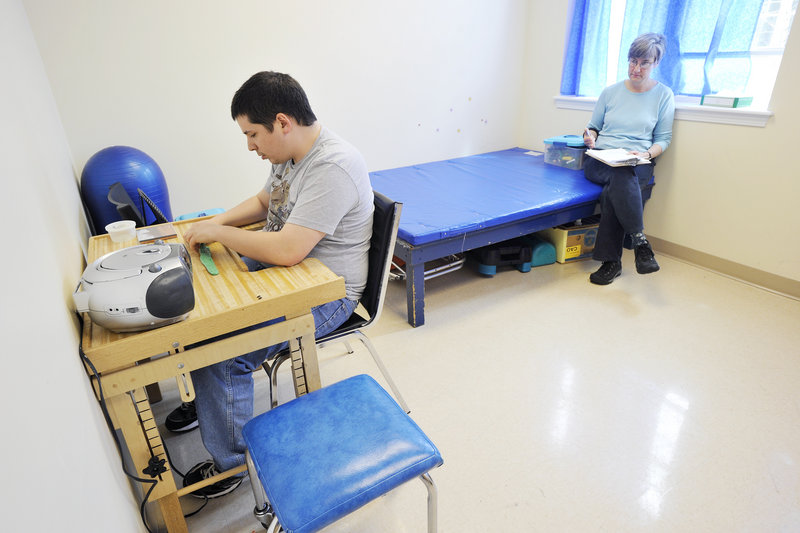
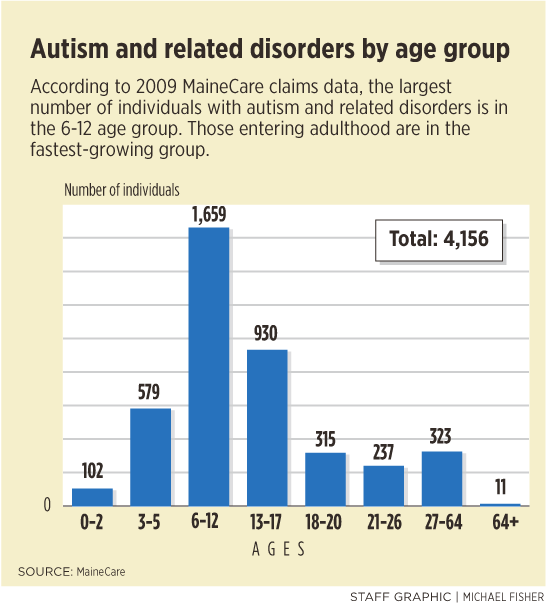
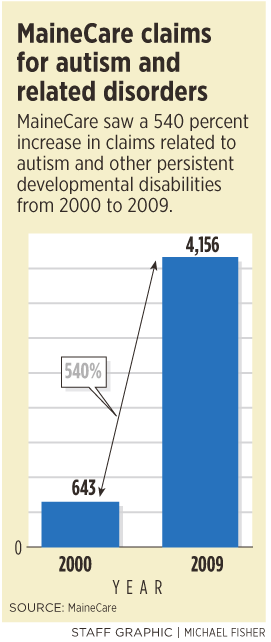
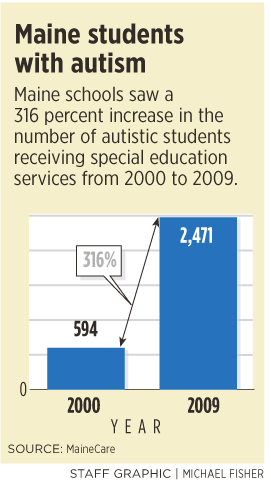

Success. Please wait for the page to reload. If the page does not reload within 5 seconds, please refresh the page.
Enter your email and password to access comments.
Hi, to comment on stories you must . This profile is in addition to your subscription and website login.
Already have a commenting profile? .
Invalid username/password.
Please check your email to confirm and complete your registration.
Only subscribers are eligible to post comments. Please subscribe or login first for digital access. Here’s why.
Use the form below to reset your password. When you've submitted your account email, we will send an email with a reset code.